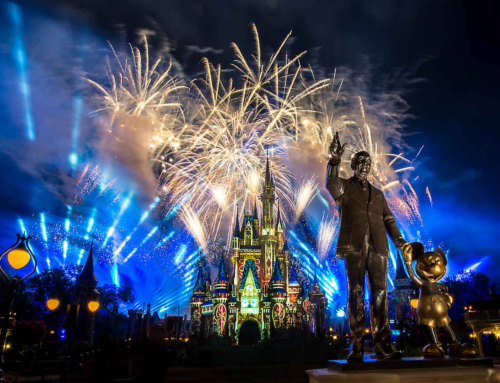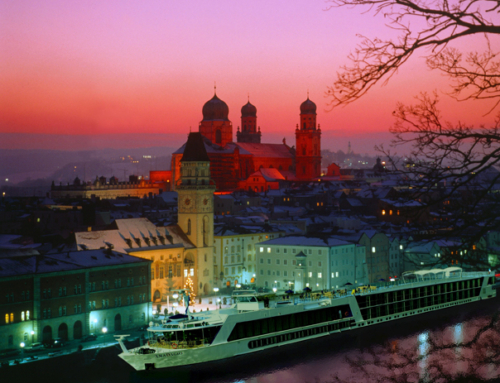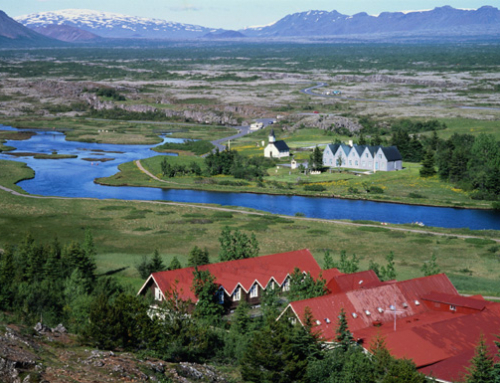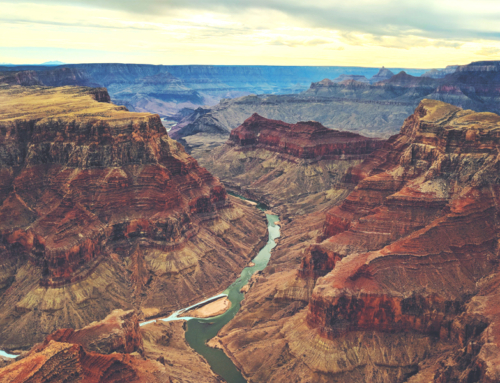Machu Picchu, Peru
Although it was built some 550 years ago, less than i00 years ago Machu Picchu was discovered. Perched atop a rugged ridge, blanketed by cloud forest and nestled into nearly impassable terrain, this “lost city of the Inca” remained a secret simply because it was so hard to find. Today, the mystery surrounding this fascinating site continues. Was it a city or an ancient resort? A royal estate or a religious commune? Its huge sundial suggests one answer, while its grand royal estate suggests another. Whatever it was, Machu Picchu provides a fascinating glimpse into the lifestyle of the Inca. And a newly reconstructed stone path makes Machu Picchu accessible by hiking along the very road the Inca used to enter their secret hideaway.
Guayabo Archaeological Park, Costa Rica
Founded over 1,300 years ago, Guayabo was a thriving city of 8,000 people, nestled into the forest around the Turrialba Volcano. In its heyday, Guayabo was a bustling political and religious center, and a key trade stop, with paved streets, and a complex water and drainage system. Most fascinating is the “high rent district” of round house mounds, five-ton stone slab bridges, tombs and terraces.
Parque Nacional de Serra de Capivara, Brazil
Roughly the size of the city of Sao Paulo, this National Park contains 545 archaeological sites. 10,000-year-old rock paintings adorn the walls of these subterranean caverns, caves, and the bottoms of canyons, while the floors are scattered with bones, ceramics, and remnants of campfires dating back nearly 50,000 years.
Boqueirao de Pedra Furada, Brazil
The debate still rages, but the Pedra Furada rock shelter is possibly the oldest known site of human habitation in the Americas, dating back 50,000 years. Paintings as old as 29,000 years depict human figures doing everything from the mundane (hunting, fighting) to the celebratory (dancing). Pedra Furada also features the world’s oldest known rock paintings in more than one color.
Real Alto, Ecuador
First settled around 6,000 years ago, Real Alto is something of an ancient artists’ colony in southwest Ecuador’s Chanduy Valley. One of the oldest organized villages in South America, complete with a “downtown,” residential area and a garbage dump, Real Alto was home to the Valdivians, who produced the continent’s oldest statuary, small, intricately-carved stone icons in which the Valdivians took great pride.
Capelinha, Brazil
Near Sao Paulo is a series of ancient graveyards that have proven quite a fixation with scientists. In studying the shapes of the skulls found at the burial grounds, archaeologists have discovered that the Americas’ first settlers were distinct from what we term Native Americans today. Rather, the skull shapes are identical to those of indigenous Africans and Australians, suggesting that all of our ancestors were more inter-related than we thought.
Monte Verde, Chile
One of the earliest sites of human habitation in South America, Monte Verde was populated with nomadic hunters of mastodons and horses some i3,000 years ago. After floods turned the settlement into a giant peat bog, scores of artifacts were perfectly preserved, including mastodon bones with meat still attached.
Azapa Valley, Chile
Egypt holds the title as the mummy capital of the world. But what many don’t realize is that the world’s earliest known use of mummification is found here, on a remote beach on the Chilean coast. It was here that the Chinchorro, a coastal fishing culture, developed the method 8,000 years ago, and the region’s arid conditions and abundance of sand have left many of them remarkably intact.
Tamentica Canyon, Chile
Tamentica is considered by some to be the greatest sanctuary of man’s ancient artwork. Etched into the rocks are depictions of the majestic Andean condor, one of the deities of the ancients in the area. Most interestingly is the variation of the art in Tamentica: some straightforward, some abstract; some formally presented on cliffside “walls,” some simply etched into rocks in a random pattern.
Choquequirao, Peru
Only discovered 12 years ago, Choquequirao is 4,000 feet higher in elevation than Machu Picchu, and it was to this remote swath of mountainside that the Inca fled from the Conquistadores in the 16th century. Today, one can peruse its massive complexes of ceremonial architecture, agricultural terraces, and public baths and fountains, all designed in a unique architectural style devised for the brittle rock unique to this side of the mountains.






